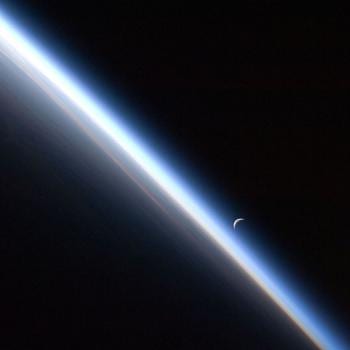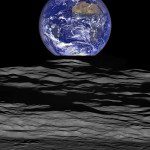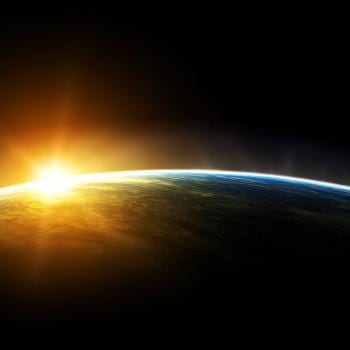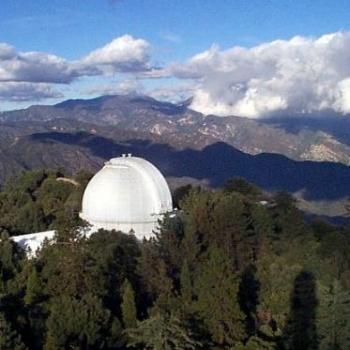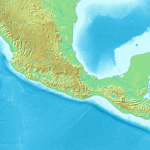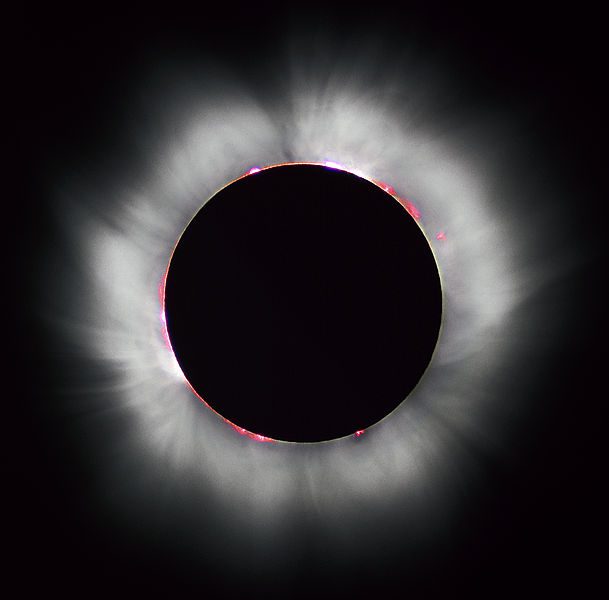
(Photo from Luc Viatour / www.Lucnix.be, via Wikimedia CC)
Three beautiful and related passages from Dava Sobel, The Planets (New York: Penguin, 2006):
From Earth, we see the Sun as a blazing circle in the sky, brighter but no bigger than the circumference of the full Moon. The “two great lights,” as the Sun and the Moon are described in Genesis, make a matched pair. For although the Moon measures only one four-hundredth the Sun’s million-mile diameter, it nevertheless lies four hundred times closer to Earth. This uncanny coincidence of size and distance enables the puny Moon to block out the Sun whenever the two bodies converge on their shared path across Earth’s sky. (26)
At [eclipse] totality, when the Moon is a pool of soot hiding the bright solar sphere, and the sky deepens to a crepuscular blue, the Sun’s magnificent corona, normally invisible, flashes into view. Pearl and platinum-colored streamers of coronal gas surround the vanished Sun like a jagged halo. Long red ribbons of electrified hydrogen leap from behind the black Moon and dance in the shimmering corona. All these rare, incredible sights offer themselves to the naked eye, as totality provides the only safe time to gaze at the omnipotent Sun without fear of requital in blindness. (27-28)
Is it an accident that the Solar System’s lone inhabited planet possesses the only satellite precisely sized to create the spectacle of a total solar eclipse? Or is this startling manifestation of the Sun’s hidden splendor part of a divine design? (28)
You may think the latter suggestion fanciful, but I’m aware of at least one professional astronomer who thinks that, in fact, it is evidence of benevolent divine intent. I’m personally unconvinced, but it’s an idea worth considering, at the least.

Another well-written passage from Dava Sobel, who wonders why, given the Copernican revelation of a mobile Earth, the planet retains its old name:
“Earth” recalls the ancient division of all ordinary matter into four elements — earth, water, air, fire — and the designation of earth as the heaviest, least heavenly among them. In that scheme, water flowed over earth, air floated above both, and fire rose through air to the threshold of the celestial spheres, where planets and stars embodied a fifth element — quintessence. (84)



